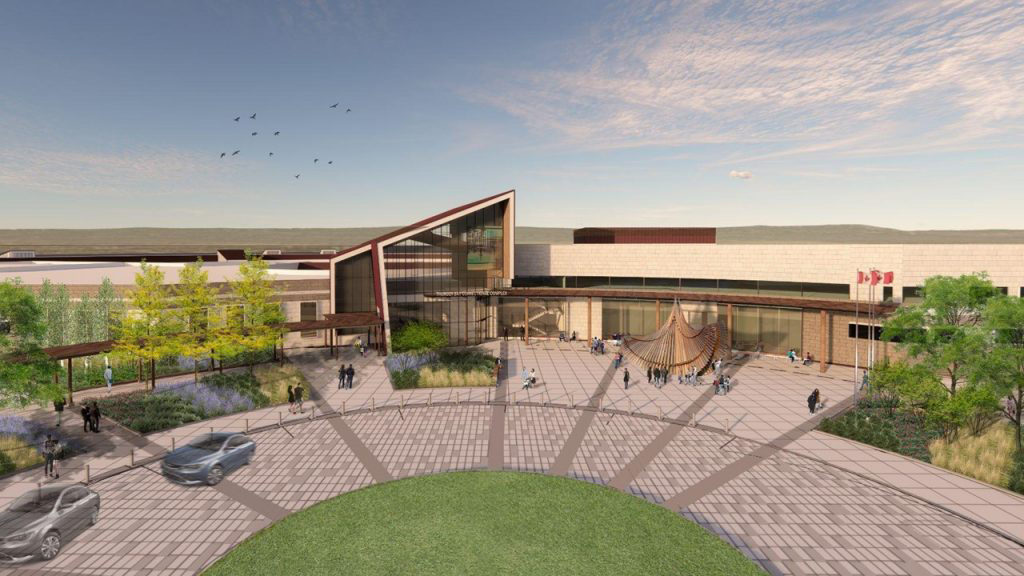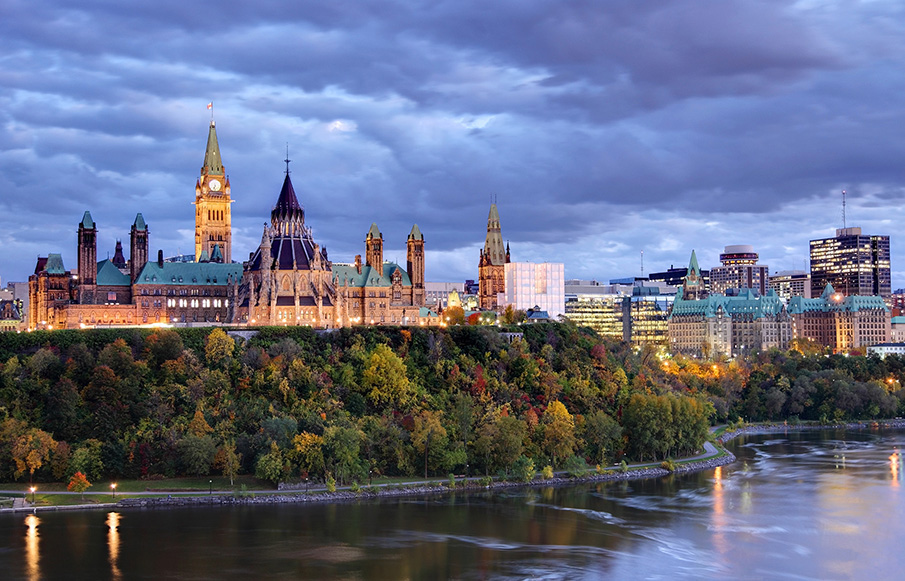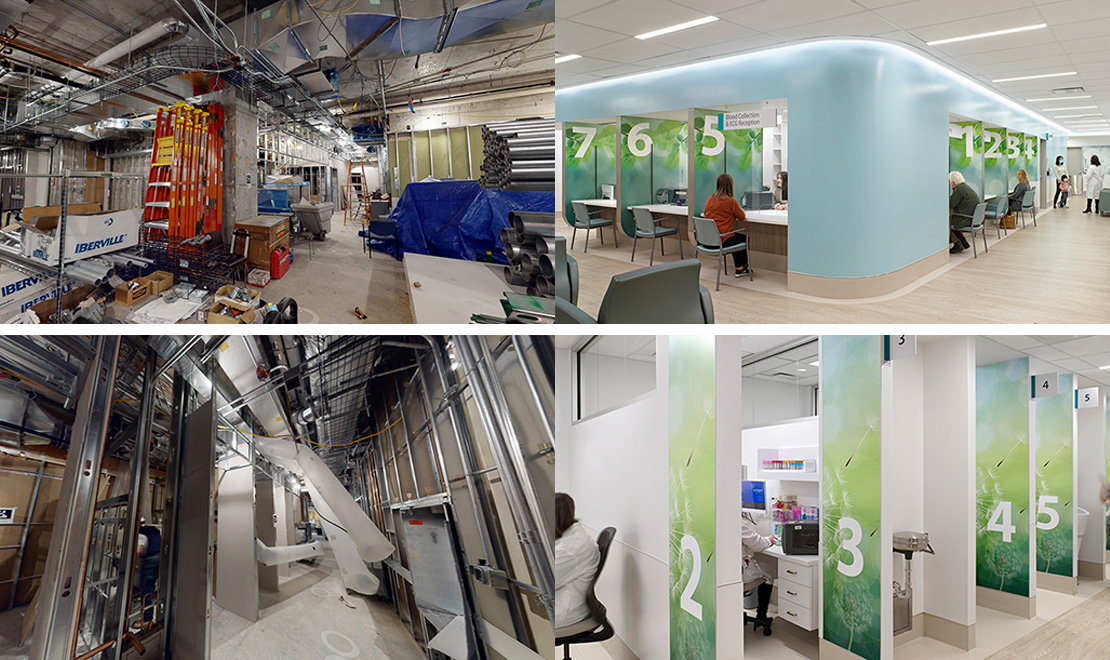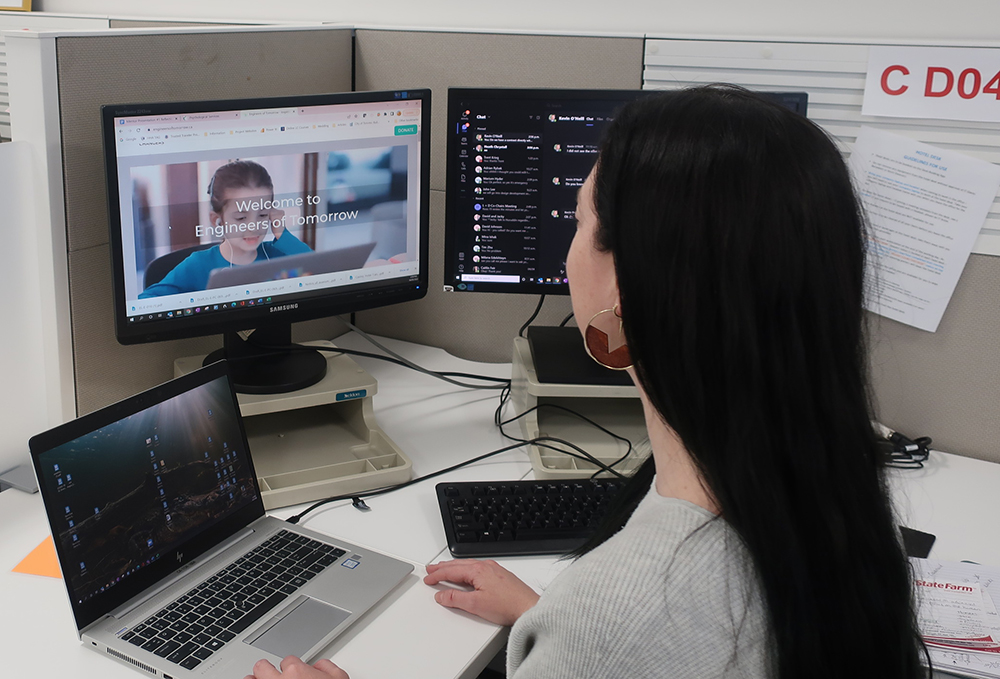
EllisDon Infrastructure Justice has been selected to design, build, finance and maintain the new Thunder Bay Correctional Complex, a contract value of approximately $1.2 billion. HH Angus is providing mechanical engineering and vertical transportation design services to the project, which is being delivered by Infrastructure Ontario and the Ministry of the Solicitor General of Ontario and replaces Thunder Bay’s existing jail and correctional centre. Onsite mobilization and pre-construction work will begin in summer 2022, with construction to begin in the fall.
The new complex will feature a 345-bed, multi-purpose correctional facility with improved access to programming, living conditions and education, while updating automation and technology. It will be designed to meet LEED Silver certification, with a focus on energy efficiency, healthy indoor environments.
To read more about the Thunder Bay Correctional Complex, click on the link below:
https://www.infrastructureontario.ca/Thunder-Bay-Correctional-Complex/
The Correctional Complex is the latest addition to our portfolio of institutional infrastructure projects in Canada. These include current active projects such as Grandview Children’s Hospital, Kingston General Hospital Redevelopment (PDC), Royal Inland Hospital Patient Care Tower, Bayer’s Lake QEII Health Sciences Centre, Michael Garron Hospital (PDC) in Toronto, and previous projects in the Thunder Bay area, including the Thunder Bay Courthouse and Thunder Bay Regional Health Sciences Centre. The latter also comprised facilities for mental health services and a cancer care centre, as well as a later project providing an outdoor cogeneration installation.
Our portfolio of work in the corrections/justice sector also includes some notable secure facility projects:
- Thunder Bay Correctional Complex
- Millhaven Penitentiary, Maximum Housing Unit
- Fenbrook Medium Security Institution
- Bermuda Magistrate’s Courthouse and Hamilton Police Station
- Thunder Bay Consolidated Courthouse
- G20 Summit RCMP Installation
- Forensic Services and Coroner’s Complex
- Saskatchewan Hospital, Integrated Correctional Facility and Mental Health Hospital
- North Fraser Pretrial Centre, Port Coquitlam, BC
- Adult Infrastructure Program – Lindsay, Milton & Penetanguishene facilities
- Nova Scotia Correctional Facility, Dartmouth, Nova Scotia
- Trinidad & Tobago, Golden Grove Prison
- Toronto West Detention Centre
- Metro Toronto East Detention Centre
- GTA Youth Detention Centre
- Cook County Juvenile Detention Centre, Chicago
Image credit: Infrastructure Ontario










